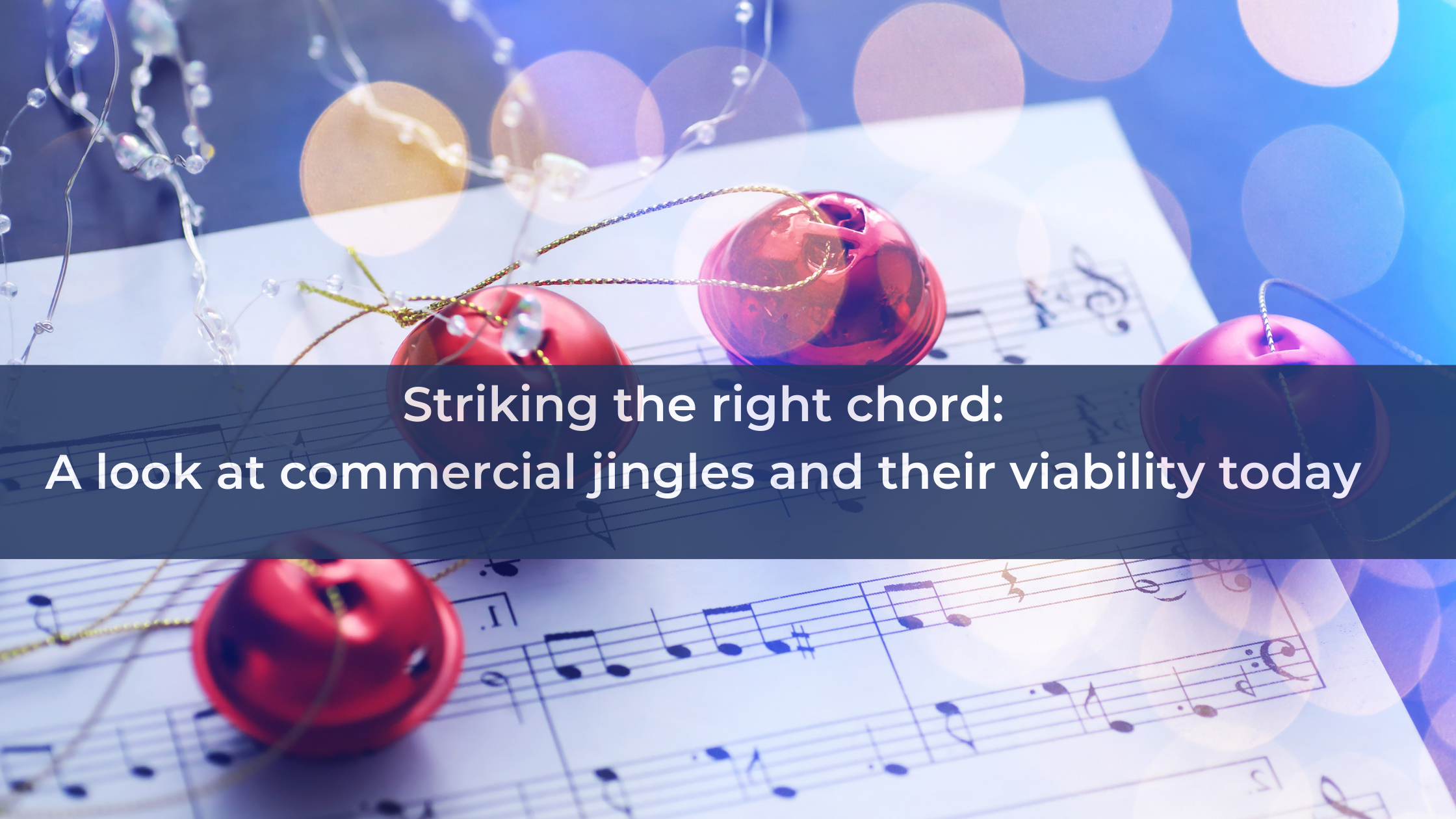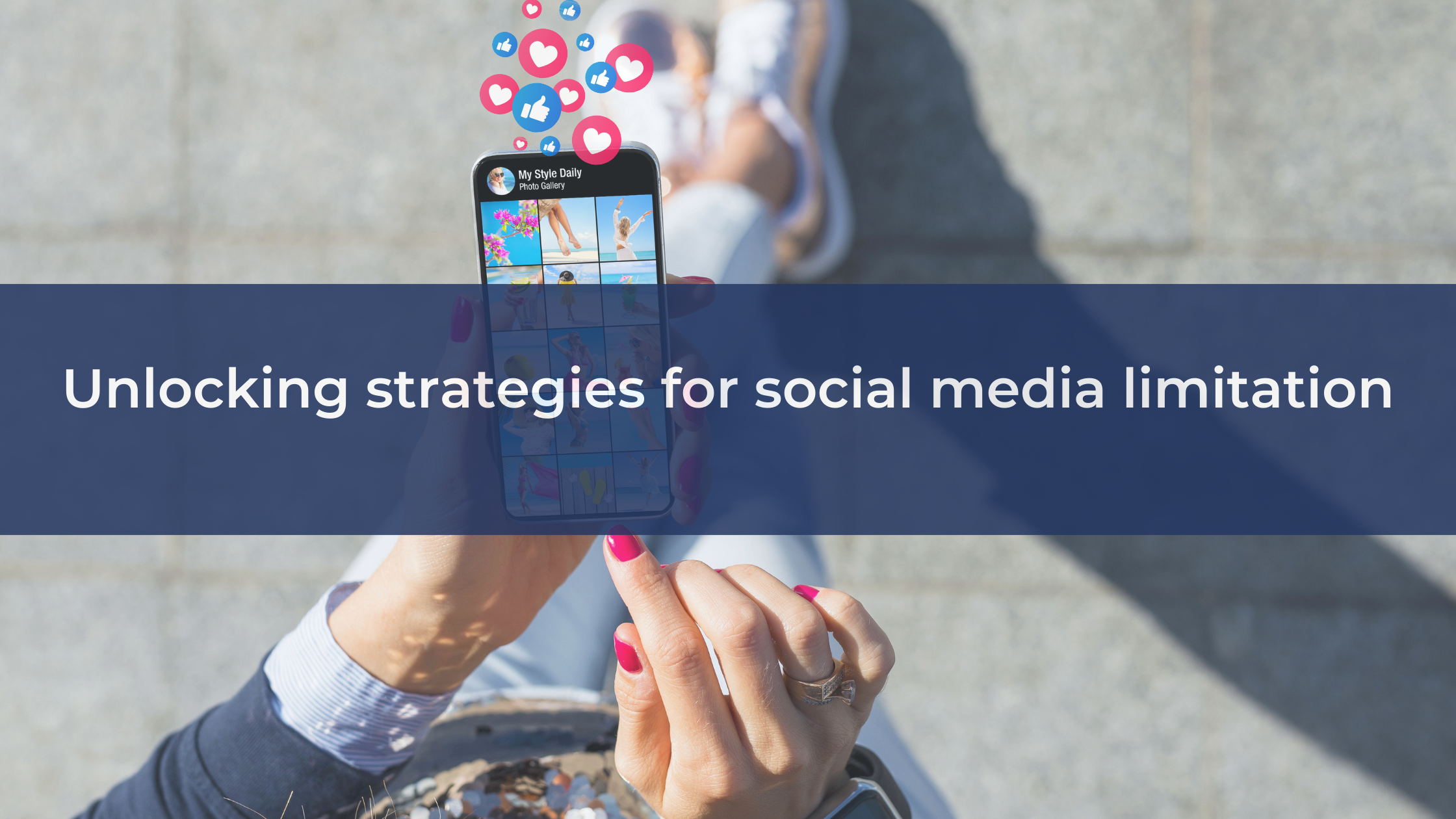The commercial jingle is a long-lost advertising method, once heralded for its effectiveness. Many of us can whistle along with Old Spice, or tell you how, much like a good neighbour, State Farm is there. The human brain is wired to look for patterns and make connections, and with how easily songs get stuck in your head, a repeating song or noise associated with your business or product can hold serious power. People often think commercial jingles died out after the 1960s, but that’s not true: they’re just hiding. When used in a creative, modernized fashion, the power of the jingle can bring a whole new level of recognition to your project.
History of commercial jingles
To track the history of sound in advertising, we have to start with the first time many companies realized they could use sound in advertising: the invention of the radio. This new format sparked confusion; if nobody could see your logo like they do in the newspaper, how would they know who you are and what you’re selling? Advertisers realized the radio was made for music, so if they made a short song promoting their brand, it would gain more traction and lodge itself into the listener’s head. This is where the jingle began.
Television, the next innovation in technology and entertainment, paved the way for a multimedia opportunity where text, video, images, and audio could all be combined. TV’s early days coincided with an economic boom, allowing companies to sell as much as possible and creating the modern-day commercial break format we still use today. With more products came a need to stand out, and the commercial jingle sprang into action.
Eventually, as the decades continued, jingles started to sound dated and stuck in the advertising heyday of the 1950s and 1960s. By the 1980s, musicians began licensing their songs to companies for some extra money, meaning companies wouldn’t have to compose music. We still see this practice of celebrity endorsement in the modern day, including Uber One’s 2023 Super Bowl commercials. Today, commercial jingles are widely seen as a fad of the past. However, does that mean they’re any less viable or effective than other advertising methods?
Absolutely not! In the age of TikTok, much of the population is exposed regularly to both music and short-form content. Combining the two would fare well for your project. In addition, there are many more commercial jingles around than people realize, and, with the exception of large corporations with loads of money, it’s easier to make one yourself than to pay for music from a licensed artist. If you want to take a shot at making your own catchy snippet, don’t be dissuaded by the notion that jingles are a dated advertising method.
Creating your own jingle might require a bit of money, either to hire musicians or purchase a DAW (digital audio workface), but it’s not difficult. You don’t need to understand music theory, as long as you know the vibe you want to go for.
Here are some key points to keep in mind:
Find instruments that fit your vibe
Music’s emotional impact can be a force to be reckoned with. Consider how you want your product or service to be received by the audience, and find instruments to match. Perhaps you want to leave a refined, classical, elegant impression, qualities sonically associated with string instruments and the piano. Maybe you want a bit of edge, a rebellious rock sound you can capture with electric guitar and loud drums. If you’re unsure what effect you want to achieve, try different instruments until you land on something you believe fits well.
Do you need lyrics?
The answer to this question is likely no. Most jingles you hear are purely instrumental, but there are exceptions. Do you have a distinctive tagline, or a perfect summary of your product that you can’t fit anywhere else into the advertisement? In that case, see if you can find a catchy melody to stick behind it. The home improvement company Empire Today had a clever usage of vocals in their 2000s TV advertisements; the lyrics were their phone number and company name, set to a jaunty melody.
Ensure that the lyrics scan properly to the melody; emphasis should be placed on the correct syllables, or else the jingle will sound jilted and wrong.
Keep it short
You don’t need a whole anthem for your product; it’s likely to annoy viewers, making them wonder when your advertisement will end. Just put together a catchy melody and a line or two of lyrics, and you’re set!
In some cases, your jingle can be just one sound. Consider the Taco Bell chime or Nintendo Switch snap, simple sound bites easily recognizable to a trained ear. However, if you’re advertising on a streaming service like Spotify, you could probably get away with a longer jingle, and even upload it as its own song, like Burger King did with their 2023 “Whopper Whopper” song.
Play around
Make it a fun experience! Toy with different audio settings, instruments, tempos (the speed of the song), vocal styles (if applicable), and find out what works and what doesn’t. Even slight improvements can add a lot; you just have to experiment a little to find out. Through creating your jingle, you can learn more about music theory, and the impact of sound on the human mind and memory.
The long lifespan of the commercial jingle, having been around for almost 100 years now, is a testament to its effectiveness. It’s a clever way to get into the listener’s head and leave them thinking about your project. Making a jingle shouldn’t be too challenging as long as the aforementioned tips are kept in mind, and if nothing seems to go correctly, just play it by ear and see what happens.
Written by: Amy MacKay, Symmetry Writer and Editor





